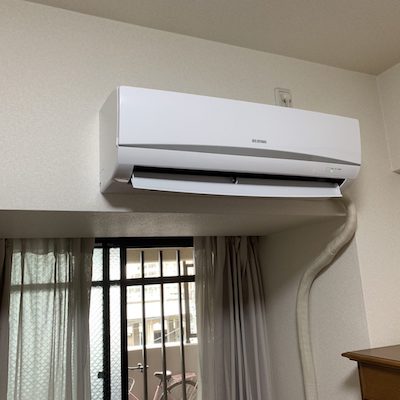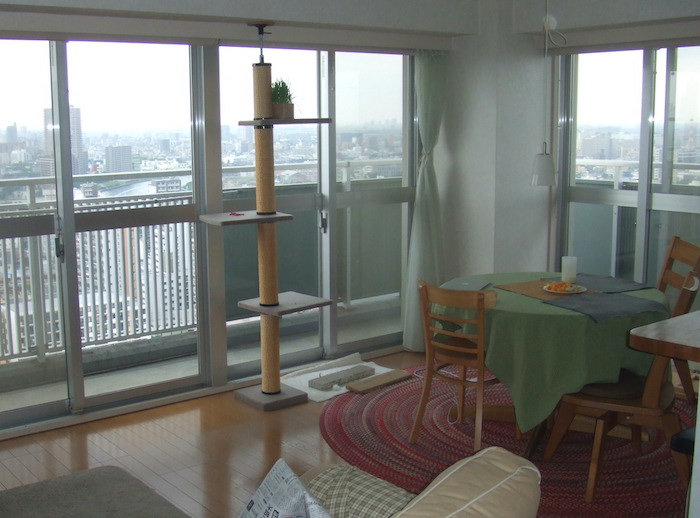Too much of not enough

One of the prime purposes of this blog is to explain the paradox of Japan’s housing situation. The country’s residential real estate market is one of the liveliest in the world, and yet most homeowners can’t count on their properties being net assets in the long run. And then there’s those 8.5 million empty residences, which, despite the occasional media story about some foreigner swooping in and turning a derelict kominka into a dream home, will likely remain empty forever without a concerted effort on the part of the central and local goverments to either find a way to make them desirable or get rid of them.
A recent story that appeared on the financial magazine Toyo Keizai‘s web site reinforces this paradox. The writer, a real estate consultant named Yujin Oki, claims that there is a critical housing shortage in Japan. In a long article dense with statistics he doesn’t even mention the akiya (empty house) situation, probably because his focus is still on urban housing, and most abandoned homes are in the countryside or outlying suburbs (though there are also quite a few in Tokyo). The part of the paradox he does mention is the demographic angle: Japan’s population is declining, which means the available housing stock should be increasing, but it isn’t. He then endeavors to explain why.
Since 2013, he writes, the price of condominiums in Japan has increased by 70 percent. The main reason is Abenomics, or, more precisely, the monetary easing policy that was a core component of the late Shinzo Abe’s master plan to bring the Japanese economy back to its former glory. The Bank of Japan would print more money and give it to commercial banks at low interest rates. Most of this cash was loaned out to buy land, since it is the most secure investment, and that drove prices up. This always happens with monetary easing.
However, the situation was complicated by extraneous factors, namely the sudden increase in the price of construction materials and the more gradual decrease in the construction labor pool. Residential developers who borrowed all this available cash were faced with rising construction costs and delays in construction time due to lack of workers, thus driving the price of newly built homes higher. On top of the boost in land prices, new housing was more expensive, especially in places like Tokyo and its surrounding suburbs. Though he doesn’t specify exactly when, Oki says that the number of new condos in the Tokyo metropolitan area going on sale was once 90,000 a year, but this year the number has dropped to only 30,000. That’s why there is a shortage.
As we’ve often pointed out in this blog, almost all the writing about real estate trends focuses on Tokyo, and this article is no exception. Oki does make a point of saying that the shortage he’s talking about is in “places where people want to live,” but doesn’t interrogate that qualification any further. For instance, we can say for a fact that the suburb where we live, an hour from Nihonbashi by train, has seen a lot of new building in the last five years and many young families moving in, but this kind of growth seems to play no part in Oki’s calculations. New homes still seem to be affordable and plentiful for people with average incomes in our neck of the woods.
Read More







